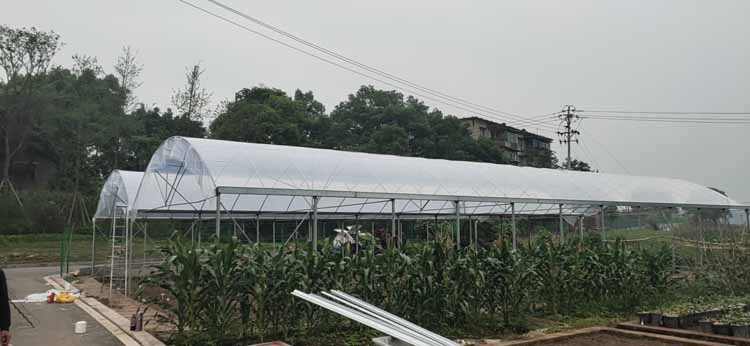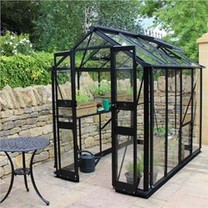How to prevent the lack of vegetable nutrition in vegetable greenhouses
The "malnutrition" of vegetables grown in vegetable greenhouses is not the same. This is caused by the lack of different nutrients. The following editor will give you a detailed introduction to this problem.
1) Phosphorus deficiency.
The symptoms are that the vegetable plants grow slowly, the leaves become smaller but do not lose green, or even the leaves become darker, the stems become thinner, etc. To make up, 50-100 kg/mu of superphosphate can be applied as base fertilizer, or during the growth process, the leaves are Spray 0.3%-05% phosphoric acid
2) Nitrogen deficiency.
The symptoms are dwarf vegetable plants, pale or red leaves, and some leaves turn yellow; Yan often changes, and changes rapidly, brown after drying, and short and thin stems. Quick-acting nitrogen fertilizers, such as urea, can be applied in time. Inside the greenhouse-like
3) Potassium deficiency.
The symptoms are that the vegetable leaves are light gray-green, the leaf margins turn yellow and dry, and the stems are thin and hard. Quick-acting fertilizers such as potassium sulfate can be applied immediately, or 0.3%-0.5% potassium dihydrogen phosphate can be sprayed on the foliage. solution.
4) Manganese deficiency.
The symptoms are necrosis of the mesophyll of young leaves, but the veins are still green, and the leaves are defoliated later. The best way is to keep the soil neutral, apply 1.4 kg of manganese sulfate per mu as base fertilizer, and topdress with 0.2% manganese sulfate.
5) Copper deficiency.
Young leaves show shrinkage, plant growth is weak, leaf color changes, and leaf tips turn white. Spray 0.05% copper sulfate solution on the foliar surface, and apply more organic fertilizer to prevent the onset of copper deficiency.
6) Iron deficiency.
Young leaves show chlorosis between the veins, yellowish white, and the whole leaves turn yellowish white and dry in severe cases. 0.1%~0.2% ferrous sulfate solution can be sprayed on the foliar surface.
8) Magnesium deficiency.
The old leaves lose green and turn yellow, but the veins are still green, the leaves become brittle, the leaf margins are rolled up, and sometimes the leaves are purple-red. Spray 0.5% magnesium sulfate solution on the leaves in time.








